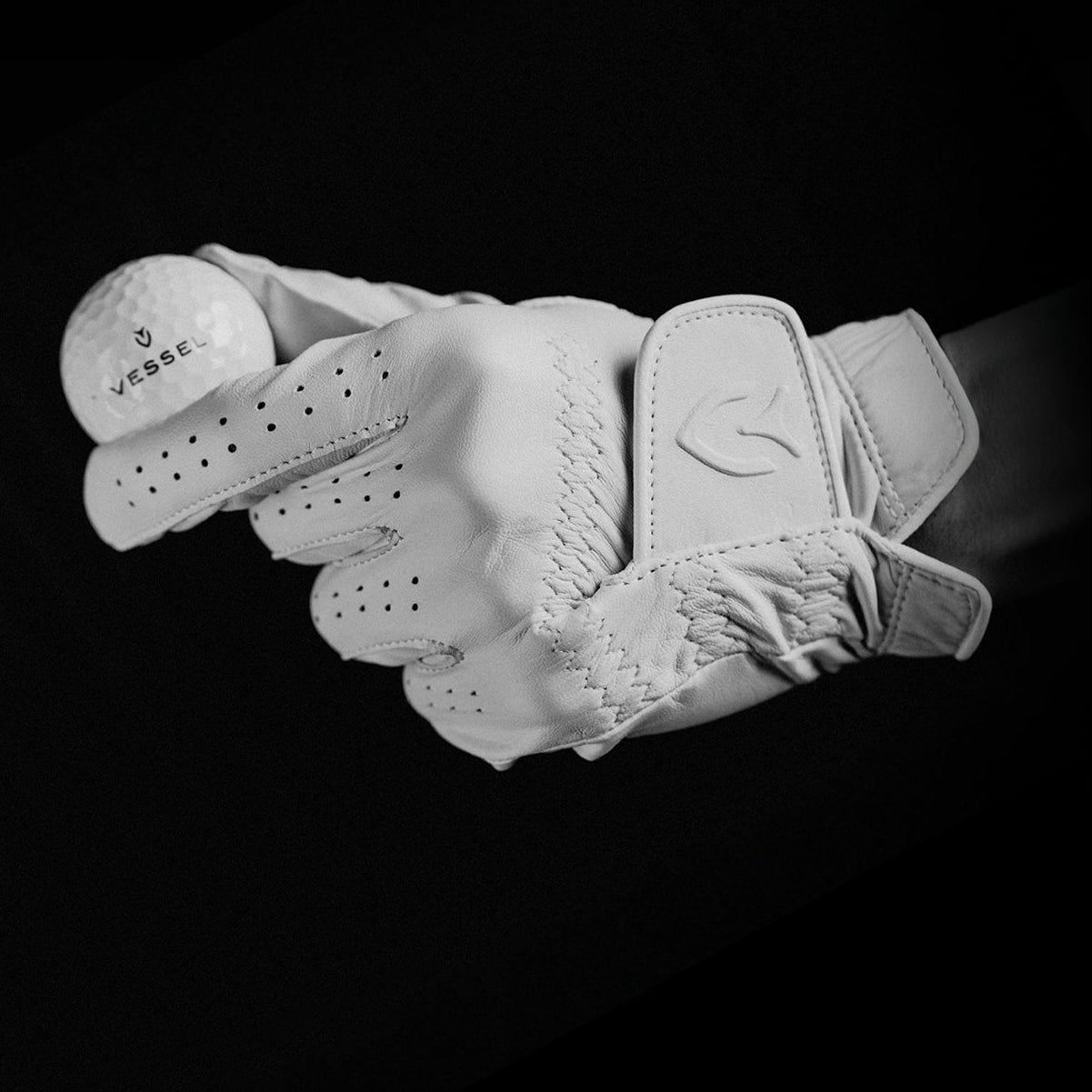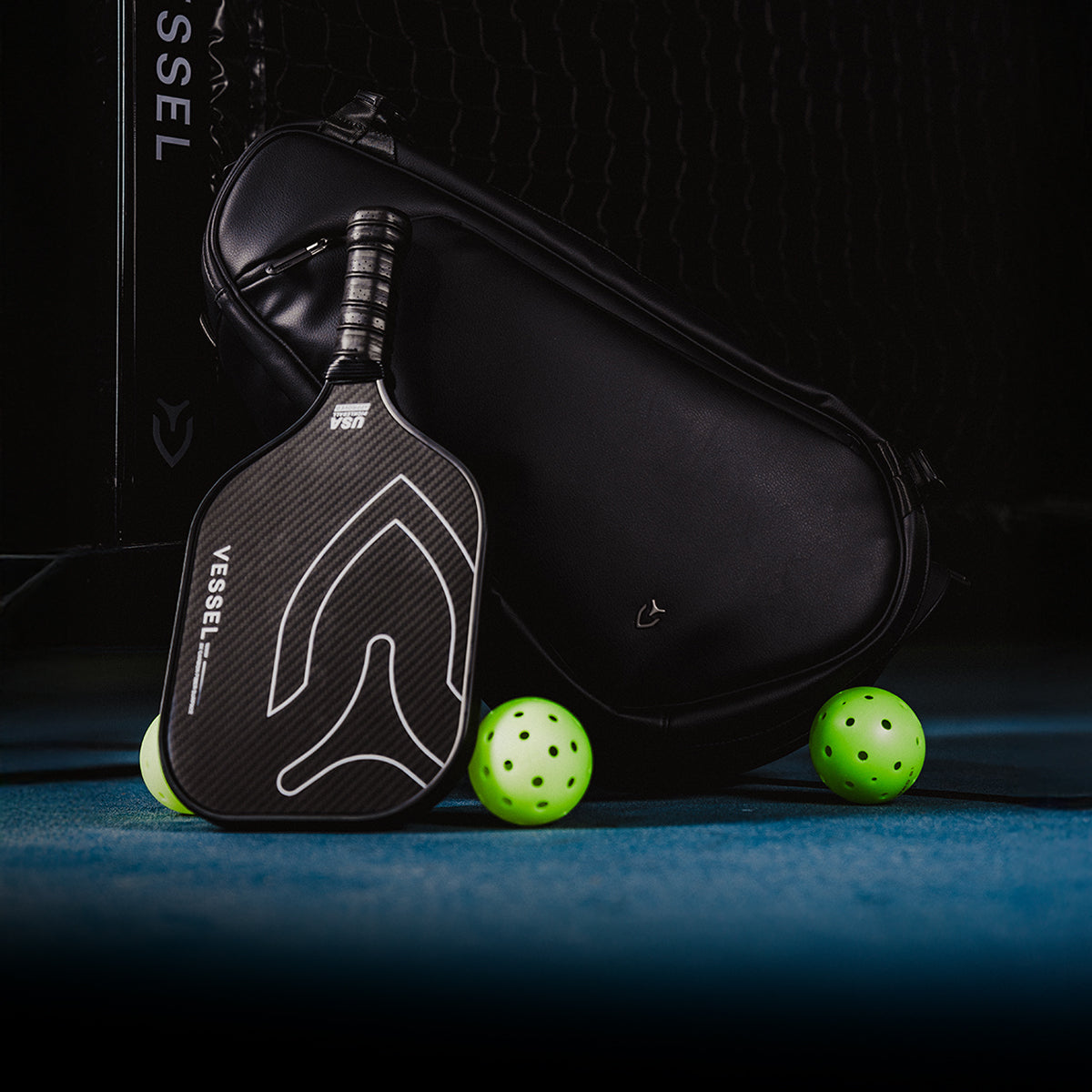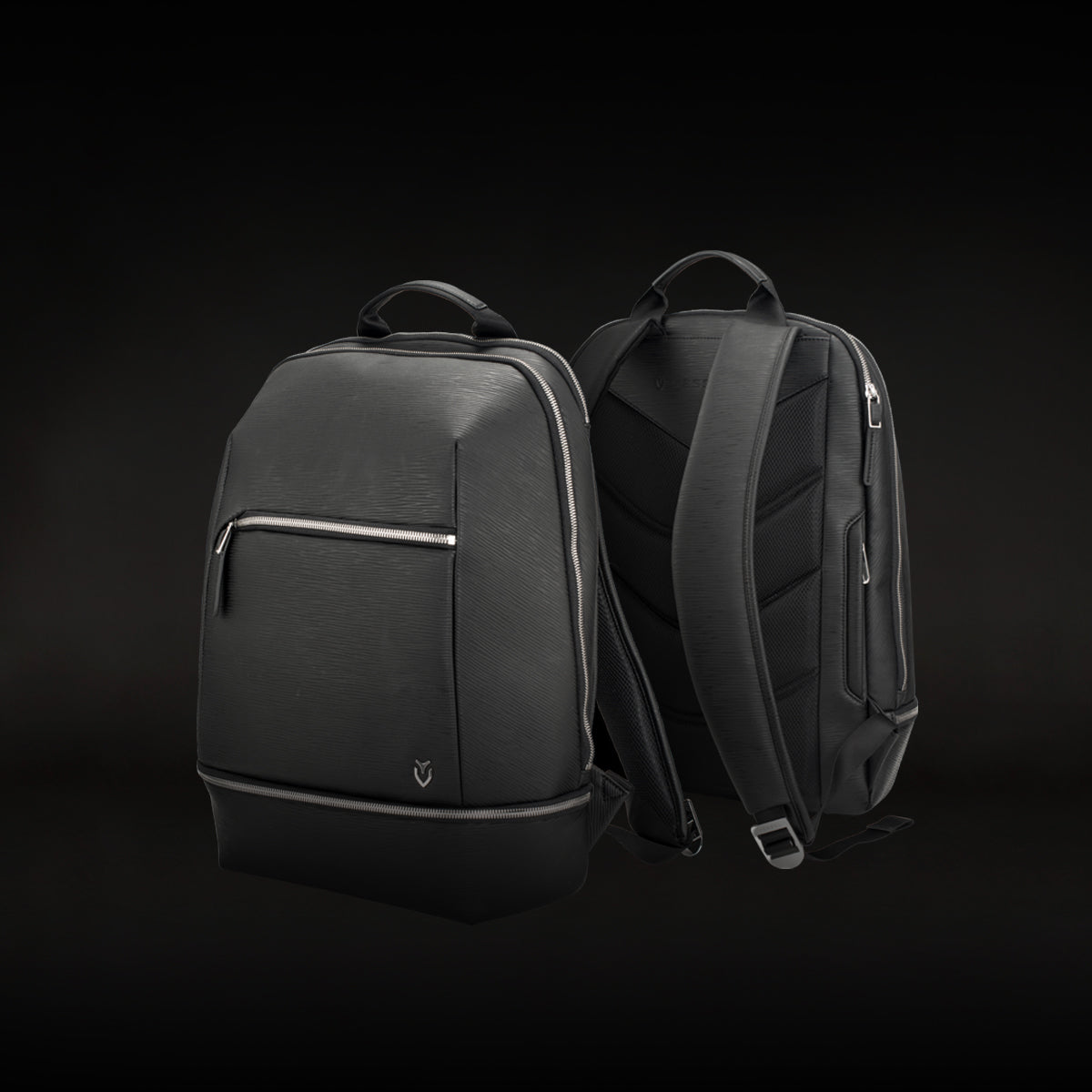

Every golf ball you've ever played with has a number stamped right below the brand name, and there's a simple reason why it helps you identify which ball is yours during a round. You'll typically see numbers 1 through 4, though some brands offer 5 through 9 for extra variety.
When you're playing with friends who use the same Titleist or Callaway balls, that little number becomes your best friend! It prevents those awkward moments where someone accidentally plays your ball. Most dozen-packs contain four sleeves, each with three balls carrying the same number. So if you're playing a "3," you know precisely which ball to look for in the rough. Smart players even add personal markings, such as dots or initials, for added security. This differentiation is crucial, especially in tournaments where multiple players might be using identical ball brands and models. Some manufacturers take this further by using color-coded numbers to indicate different ball models, like black numbers for Pro V1 and red for Pro V1x.
Double-Digit Compression Ratings on Golf Balls
While those single-digit numbers help you identify your ball, you might've noticed some golf balls display double-digit numbers like 70, 80, or 90 and these tell a completely different story. These numbers indicate the ball's compression rating, which measures the ball's firmness or softness.
Compression ratings typically range from 30 to 120. Lower numbers like 40 mean the ball's softer and squishes more when you hit it. Higher numbers like 100? That's a firmer ball that barely budges! If you swing under 85 mph, you'll want a softer ball (30-60 compression) because it'll actually help you hit farther. Got a faster swing over 100 mph? You need those harder balls (90+ compression) to enhance your distance. The compression rating also affects how the ball spins. Softer balls typically produce less spin, while firmer balls generate more spin for better shot control. Manufacturers use standardized tests to measure the degree of deformation of the ball under consistent force, ensuring that these compression ratings are accurate and comparable across different brands.
Triple-Digit Dimple Count Numbers
Those three-digit numbers you notice on some golf balls, like 332, 352, or even 566, aren't random codes or serial numbers. They're actually telling you how many dimples cover the ball's surface! Most golf balls have between 300 and 500 of these tiny indentations, and manufacturers sometimes print the count right on the ball. While dimple counts were more commonly displayed on golf balls in the past, they're less frequently shown on modern balls.
Dimples aren't just decorative. They reduce air resistance and create lift, helping your ball fly about twice as far as it would without them. The Titleist Pro V1 has 352 dimples, while Callaway's Chrome Soft uses 332. However, don't assume that more dimples mean better performance; it's really about the pattern, depth, and overall design working together. Think of dimple count as interesting trivia rather than a performance indicator. Some three-digit numbers also indicate the ball's compression rating, which affects how the ball responds to different swing speeds.
Customizing Your Golf Ball Numbers

Want to make your golf balls truly yours? You can replace those standard 1-4 numbers with digits that actually mean something to you. Pick your jersey number from high school, your wedding date, or that lucky 13 you've always loved!
You're no longer limited to single digits. Premium balls, such as TaylorMade TP5s, allow you to go wild with double or triple-digit numbers. You can even add up to three lines of text, with 17 characters per line. That's enough room for "GRIP IT AND RIP IT" or your nickname that your buddies yell across the fairway. Several companies now offer over 100 symbols to choose from, including sports logos and custom icons that can replace or complement your numbers
How Ball Numbers Prevent Rule Violations
Ever grab what you thought was your ball, only to realize it belonged to your playing partner? That's precisely why those numbers matter! Playing the wrong ball leads to penalties; nobody wants that headache during their round.
When you and your buddy both play the same Titleist Pro V1, those single-digit numbers (usually 1 through 4) become your best friend. You're playing a 3, they're playing a 1, and suddenly there's no confusion. Smart players take it further by adding personal marks with a Sharpie, maybe three dots or your initials. Some manufacturers even color the digit on their balls to make identification quicker at a glance. Red numbers often indicate softer compression, while black numbers typically mean a firmer ball.
Professional golfers don't mess around with this stuff. They'll mark their balls with unique symbols to avoid disputes during tournaments. Even if two players have identical numbered balls, those custom marks keep everything crystal clear. It's simple identification that saves you from rule violations!
Frequently Asked Questions
Do Professional Golfers Have Preferred Numbers They Always Use on Tour?
Yes, you'll find most pros stick with the same ball number throughout their career! The reality is - about 90% use numbers 1 through 4, with "1" being the most popular choice. They pick their favorite number for easy identification during tournaments, personal superstition, or sometimes meaningful dates. Once they've chosen, they rarely switch. It's like their signature - Tiger Woods famously uses "1," while other pros consistently use their lucky numbers.
Can I Legally Use Golf Balls With No Numbers Printed on Them?
Yes, you can legally use golf balls without numbers! The Rules of Golf don't require printed numbers they're just for identification. Your numberless ball still needs to meet standard requirements: minimum 1.680-inch diameter and maximum 1.620-ounce weight. The important point, however, is that you'll need to mark it somehow with a Sharpie or unique symbol. Otherwise, you might accidentally play someone else's ball during your round, which means a two-stroke penalty!
Why Do Some Golf Balls Have Numbers Printed in Different Fonts?
You'll see different fonts on golf ball numbers because manufacturers use them to distinguish between models and compression levels. For instance, Titleist changes fonts between Pro V1 versions, while some brands use script fonts for softer balls and block fonts for firmer ones. The font style helps you quickly identify your ball's characteristics – it's basically a visual code that tells you what type of ball you're playing!
Are There Any Numbers That Manufacturers Avoid Using on Golf Balls?
Yes, manufacturers definitely avoid certain numbers on golf balls! You'll rarely see the number 13 on standard balls it's considered unlucky, so companies skip it entirely. Most brands stick to numbers 1 through 4 for simplicity, though you can customize balls with any number you want. They also avoid numbers that might confuse players or suggest false performance ratings. It's funny how superstition influences something as technical as golf ball manufacturing!
Conclusion
Whether it's a single digit helping you identify your ball, compression ratings affecting your distance, or dimple counts influencing flight, each number serves a purpose. Next time you're on the course, you'll know exactly what you're looking at. Remember, choosing the right number isn't just about preference it can save you from penalties too.







